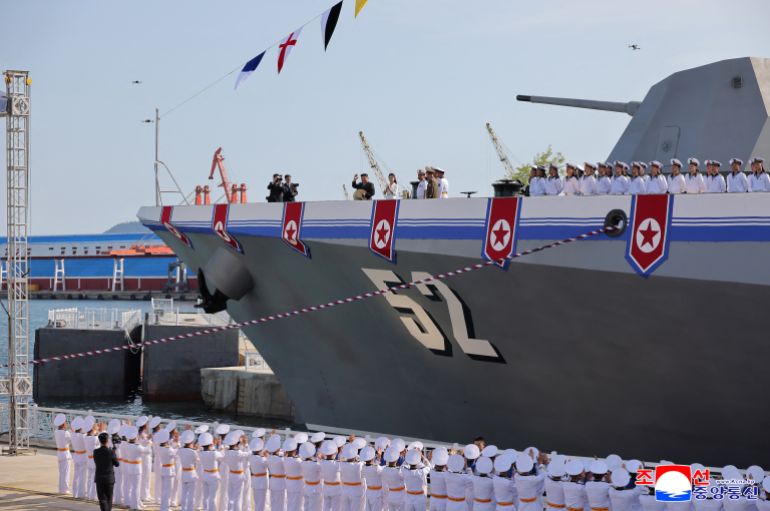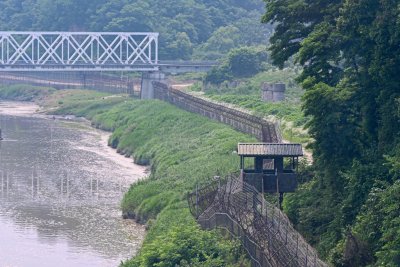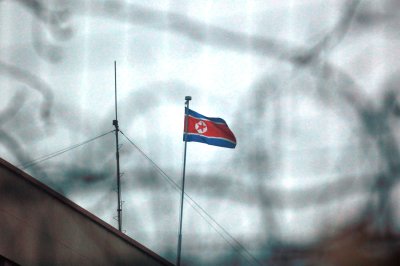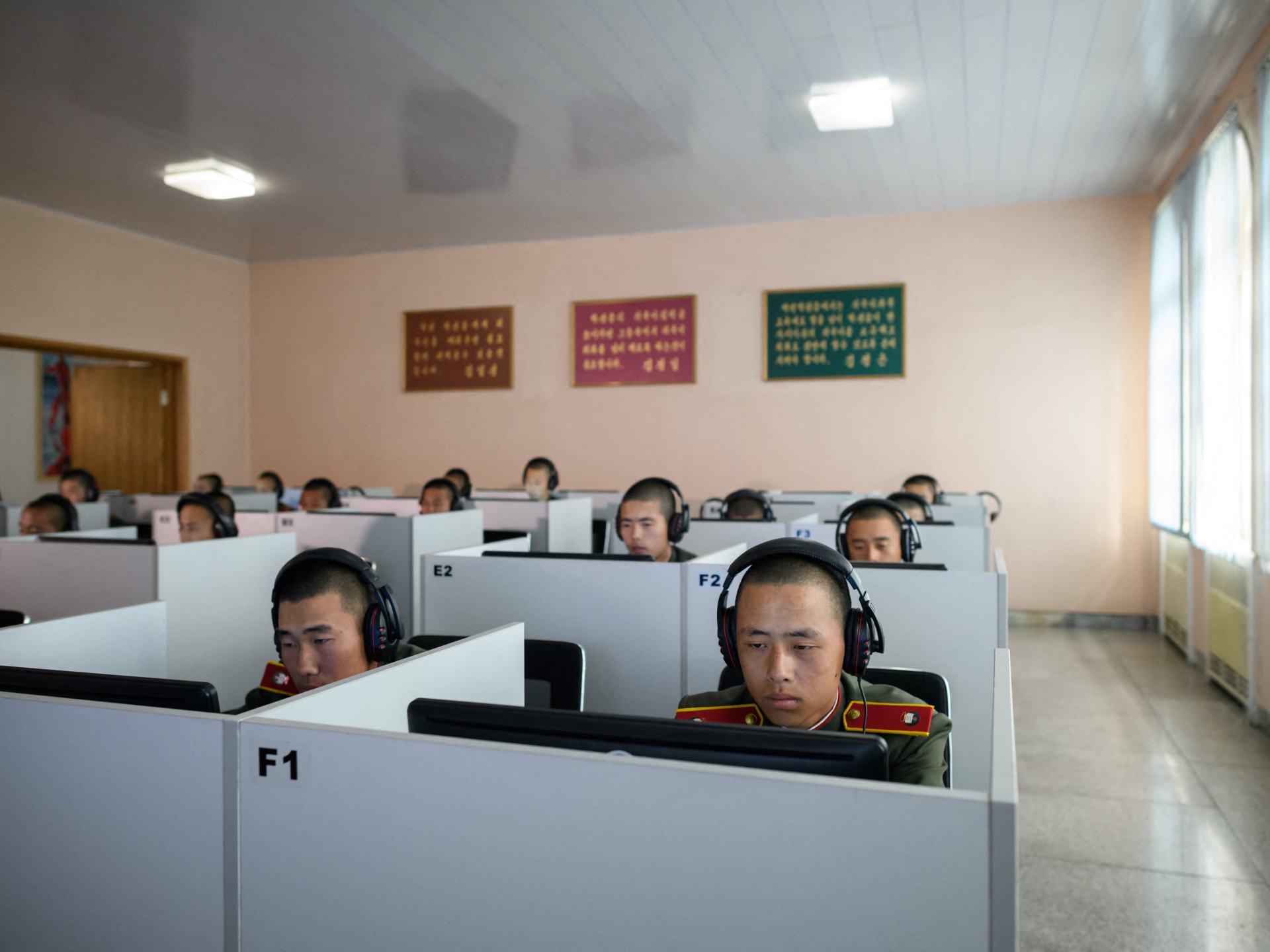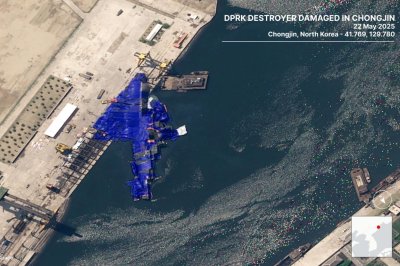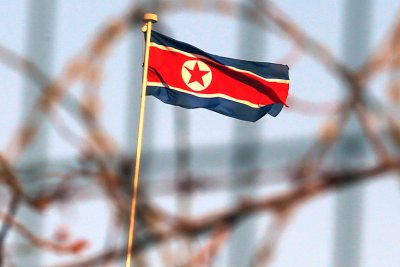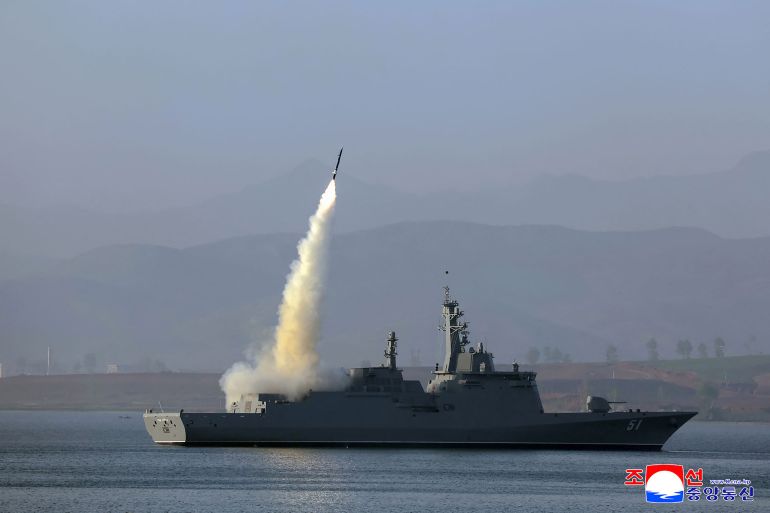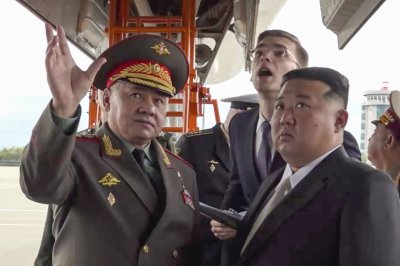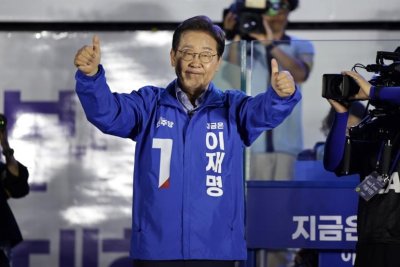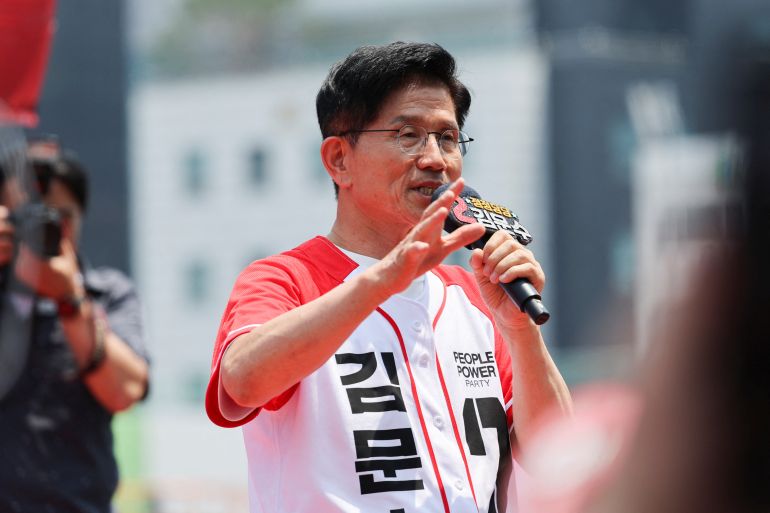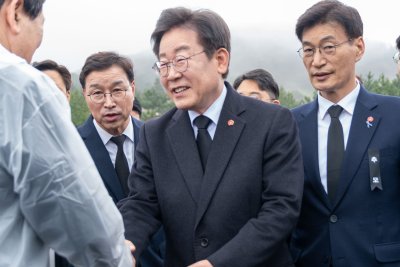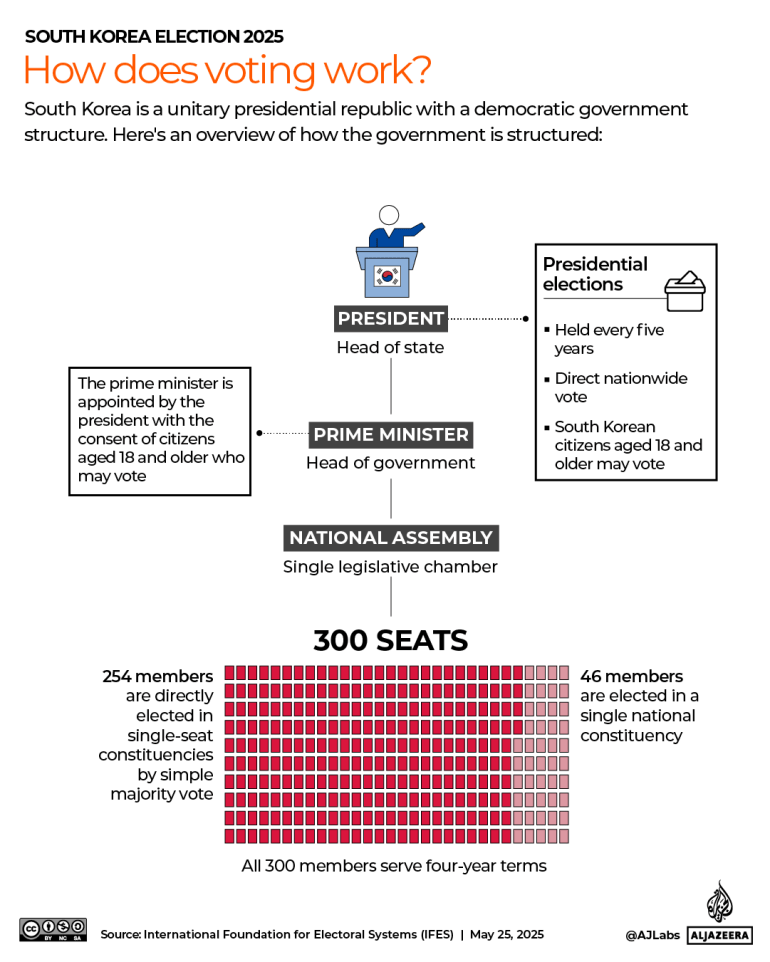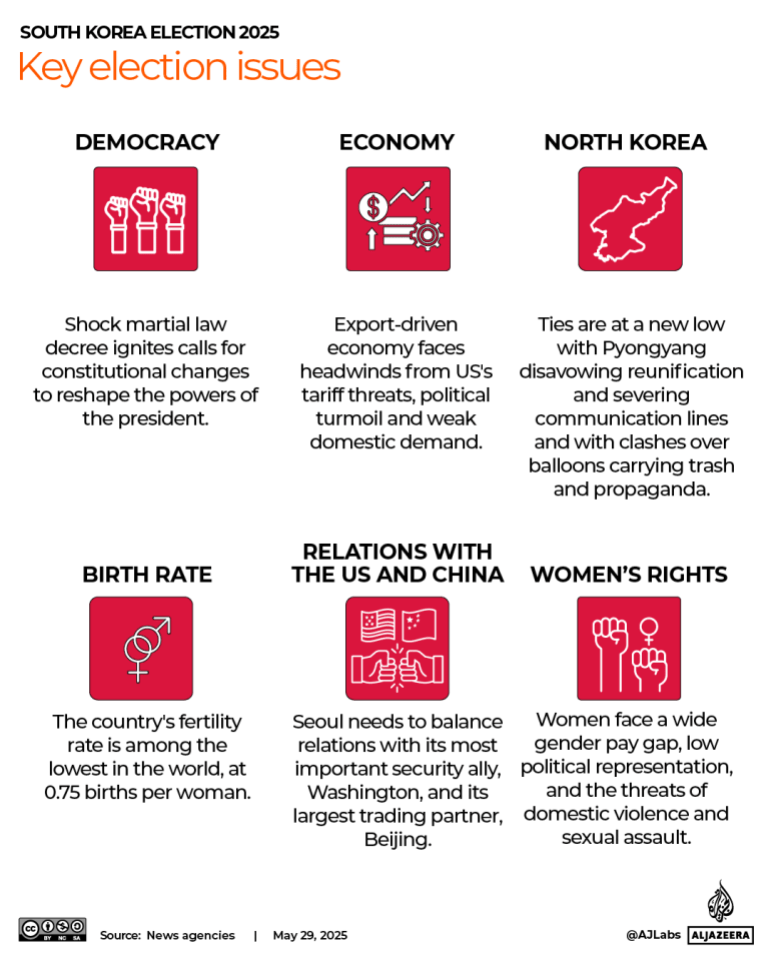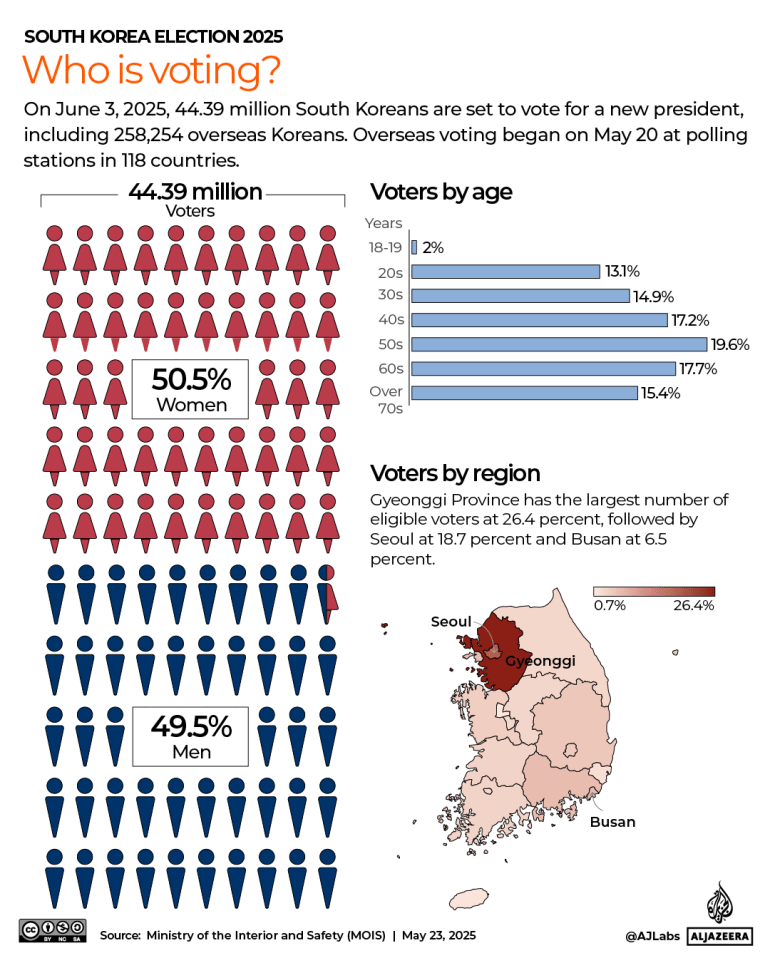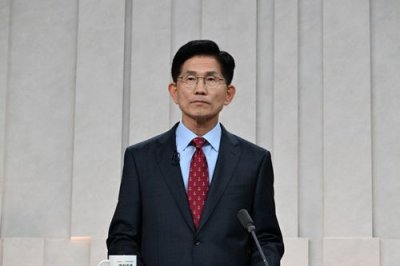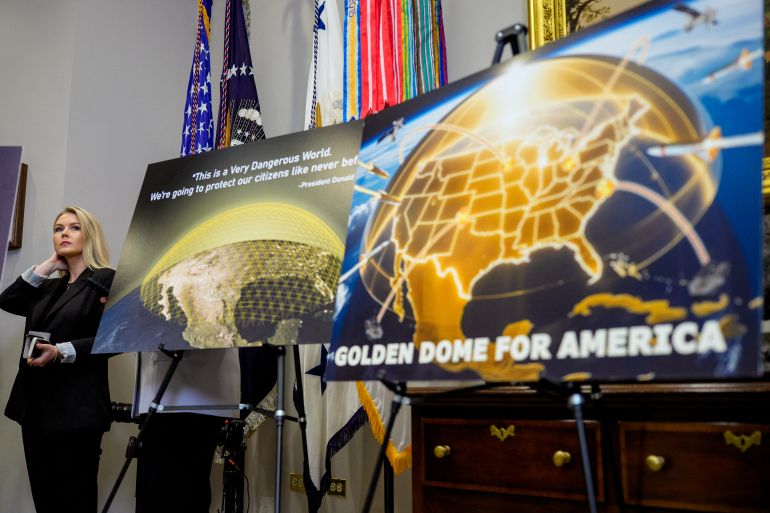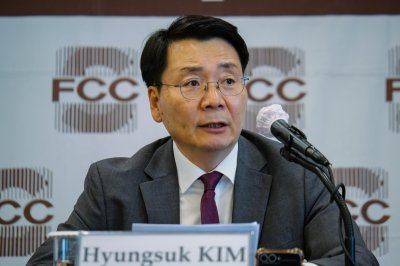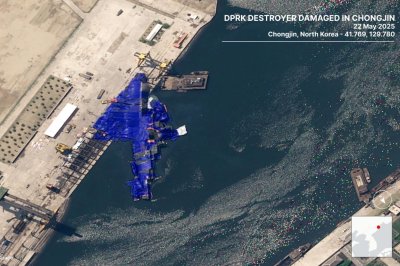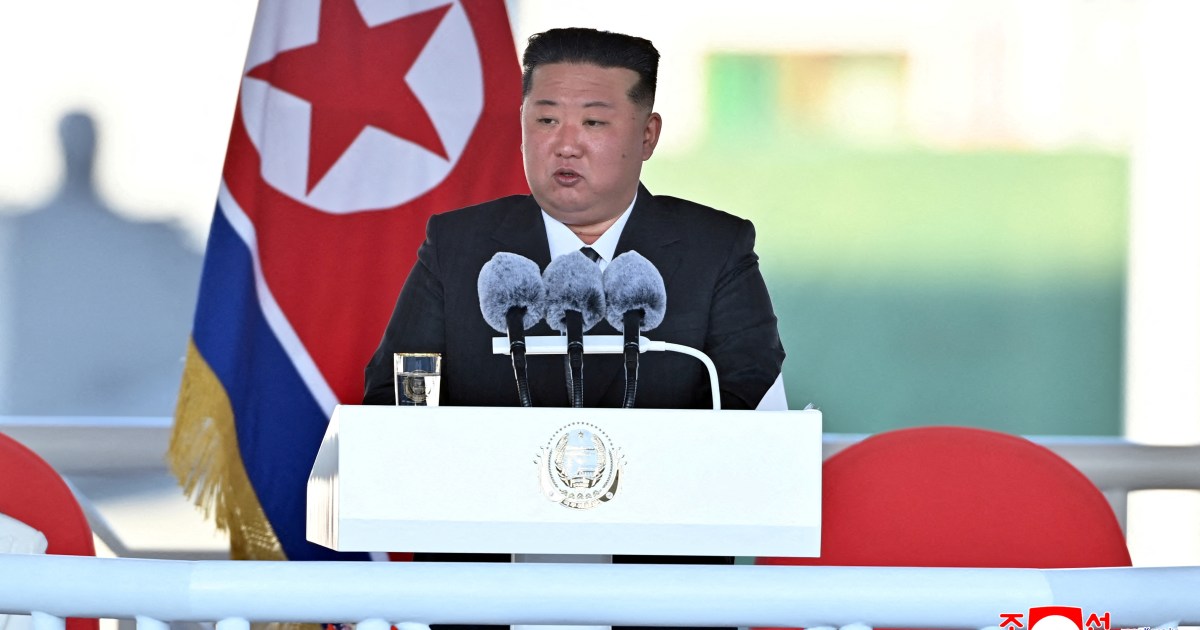Storms may rain on Army, Trump birthday parade in D.C.
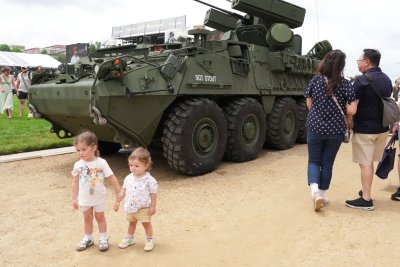
June 14 (UPI) — Rain may dampen President Donald Trump‘s plans Saturday night to celebrate the U.S. Army’s 250th birthday with thousands of troops, 150 vehicles and 50 aircraft.
The event also coincides with Trump’s 79th birthday and Flag Day.
A flood watch was in effect for the entire region starting at 2 p.m. and is expected to last until 11 p.m. Highs will be well into the 80s and it will be humid during daytime festivities on the National Mall, WRC-TV reported, while forecasts show showers and thunderstorms starting around 3 to 4 p.m.
Guest entry for the military parade began at 2 p.m.
The one-hour parade, which is expected to draw several hundred thousand people, is scheduled to start moving down Constitution Avenue at 6:30 p.m. near the Lincoln Memorial and then proceed past the White House.
The parade, which saw people assemble along the mile-long route early Saturday morning, will end alongside the National Mall, near the National Museum of African American History and Culture and the Washington Monument.
The parade was originally planned to be smaller, but had been set to start outside the Pentagon and go 2.2 miles.
Trump posted Saturday morning on Truth Social: “OUR GREAT MILITARY PARADE IS ON, RAIN OR SHINE. REMEMBER, A RAINY DAY PARADE BRINGS GOOD LUCK. I’LL SEE YOU ALL IN D.C.”
Trump is scheduled to speak during the parade.
“For two and a half centuries, the men and women of America’s Army have dominated our enemies and protected our freedom at home,” Trump said in a video posted to Truth Social in early June. “This parade salutes our soldiers’ remarkable strength and unbeatable spirit. You won’t want to miss it. Just don’t miss this one. It’s going to be good.”
The parade will be followed by the Army Golden Knights’ parachute demonstration and a concert at the Ellipse. A fireworks show will occur at 9:45 p.m., the U.S. Army said.
Earlier in the day, a birthday wreath was laid at Arlington National Cemetery and there was a fitness event at the National Mall. The Birthday Festival there will include opportunities to meet with Medal of Honor recipients, astronauts and soldiers.
All of the activities are free and there is tight security.
Matt McCool, the U.S. Secret Service agent in charge of the Washington field office, said “thousands of agents, officers and specialists from across the country” are deployed. People attending the parade or a related festival will be required to go through checkpoints with magnetometers.
The big show will be the military equipment during the parade, officials have said, which includes 140,000-pound Abrams tanks, as well as 6,600 soldiers wearing uniforms representing every U.S. conflict dating back to the Revolutionary War and aircraft flying overhead
About 1,800 Soldiers from III Armored Corps in Fort Cavazos will participate.
“The Army’s 250th birthday is a once-in-a-lifetime event,” Col. Kamil Sztalkoper, a spokesperson for the III Armored Corps, said earlier this week as a train carrying tanks left Fort Cavazos, Texas.
“This is a chance to see our soldiers, our leaders and the world-class force on full display in our nation’s capital. We look forward to being a part of history,” he said.
On June 14, 1775, the Second Continental Congress voted to establish the Continental Army, more than a year before the Declaration of Independence.
D.C. officials have expressed concern about potential road damage from the vehicles, including 60-ton tanks. While the Army has installed thick steel plates at key turns, the straightaway on Constitution Avenue remains unprotected.
Road closures and security measures will make it difficult to drive around the area, and Mayor Muriel Bowser said potential damage could cost millions but the Army has pledged to cover the costs.
The Federal Aviation Administration is also clearing the airspace in the area, preventing all arrivals and departures at Reagan National Airport “during the peak of the celebration,” the agency said. The stoppage is expected affect about 116 flights, a senior government official told NBC News.
The last major military parade, the National Victory Celebration, was on June 8, 1991, to celebrate the end of the Gulf War, though Trump has noted that other countries regularly celebrate the end of World War II.
“We won the war, and we’re the only country that didn’t celebrate it, and we’re going to be celebrating big on Saturday,” he said.
Trump said he came up with the idea after watching the French Bastille Day military parade in France in 2017.
Pentagon personnel at the time convinced him not to move forward with the plan and, instead, in 2019, he celebrated Independence Day with a speech at the Lincoln Memorial with military aircraft flyovers and Bradley tanks stationed near the Lincoln Memorial.
“Humans are drawn to pageantry,” Barbara Perry, a presidential historian at the University of Virginia’s Miller Center, told NBC News.
“It’s usually about the personnel. Now we know that this president has political issues all around the world, and wanting to show off the might. And if he views it, as in his first term, ‘his generals,’ and, if he views it as ‘his military,’ then you tie it to your personal special day of your birthday- – that’s what’s different.”
On Friday night, U.S. Capitol Police arrested 60 people for unlawful demonstration, the agency said.
Military veterans and their families had gathered in front of the Supreme Court, demanding that taxpayer dollars for Saturday’s military parade and for troops in Los Angeles should be used for housing, healthcare and food.
“If there’s any protester that wants to come out, they will be met with very big force. I haven’t even heard about a protest, but you know, this is people that hate our country, but they will be met with very heavy force,” Trump told reporters earlier this week.
“It will be a parade like we haven’t had in many, many decades here,” he said. “And it’s a celebration of our country. It’s a celebration of the Army, actually.”
About 2,000 protests are planned nationwide against Trump spending millions on the parade, as well as his policies. No organized “No King” protests are planned in the nation’s capital.
But there was an event demonstrating against the military events by RefuseFascism on Saturday afternoon. They led a rally and marched outside the White House.
Trump “is forging and putting on display today a military loyal, not to the Constitution, not to the rule of law, but to Trump personally with all the White supremacy,” one of the chief organizers, Sunsara Taylor, told CNN.
A 20-year Navy veteran also told CNN: “The parade don’t belong here – you see that in dictatorships, okay? You see that in North Korea, you see that in China, you see that in Russia. This is we the people of the United States of America,”

